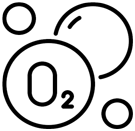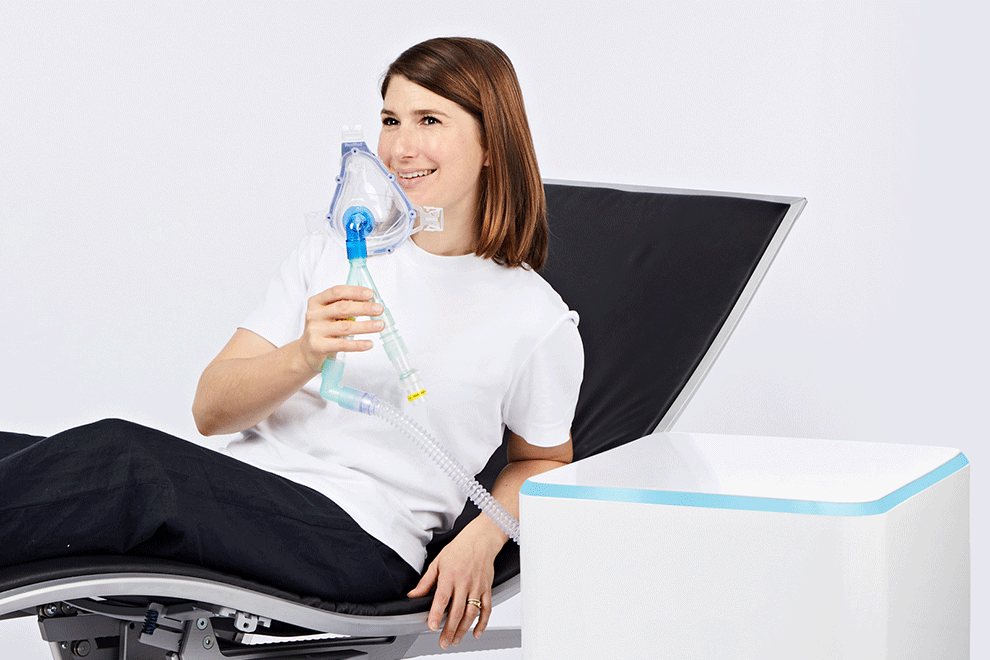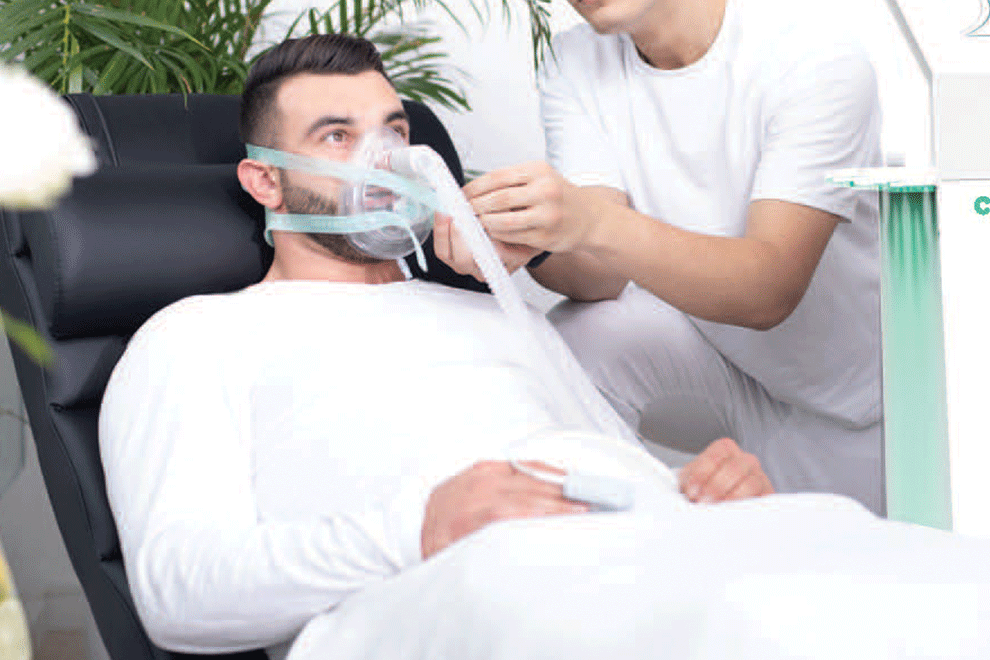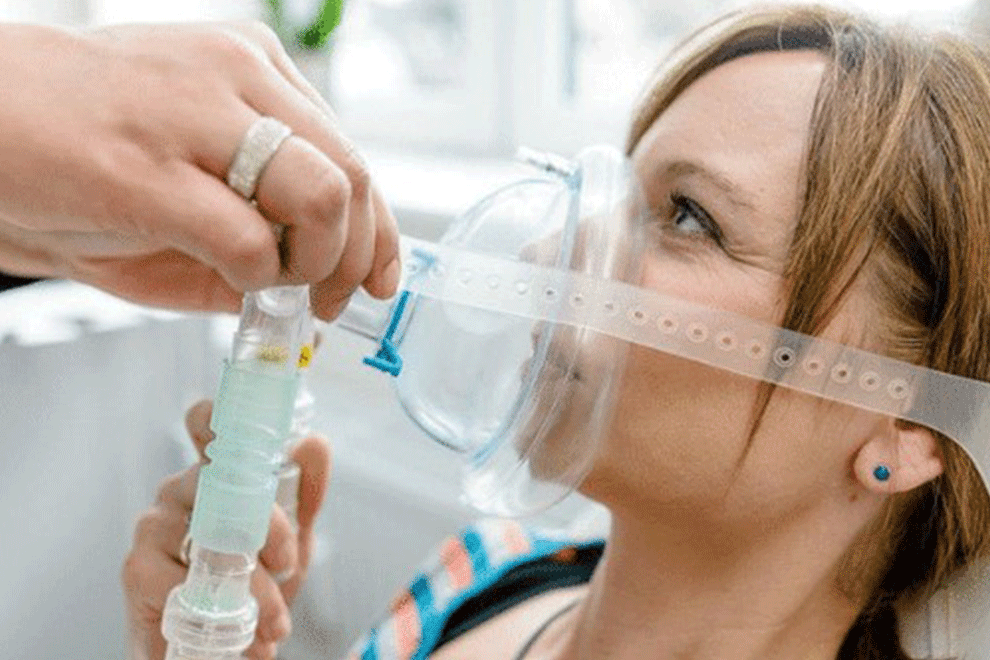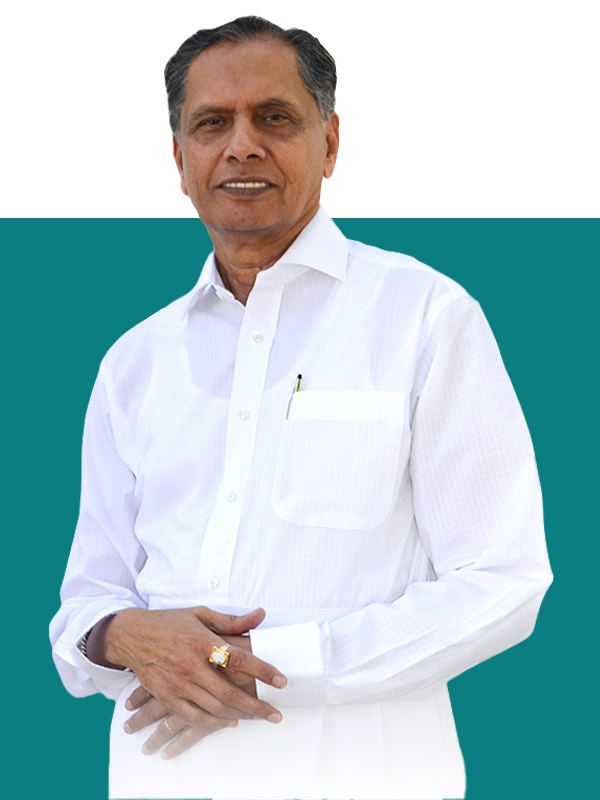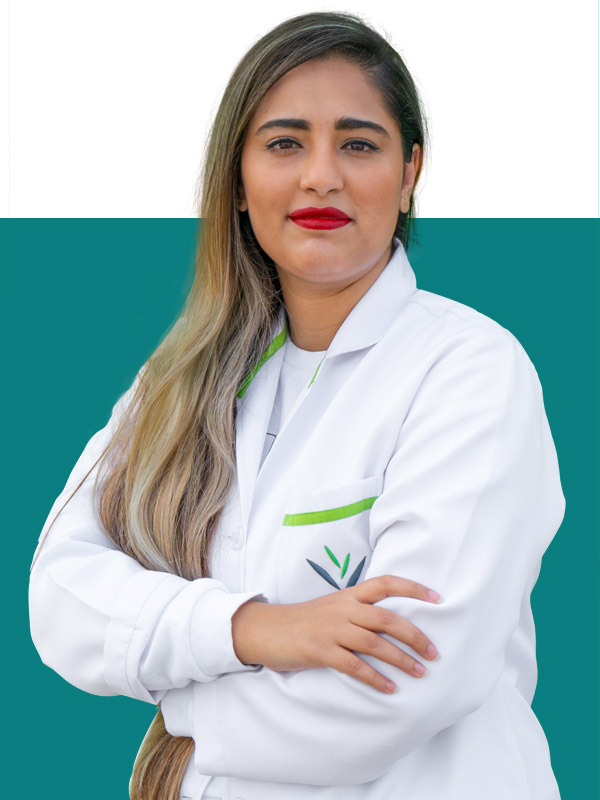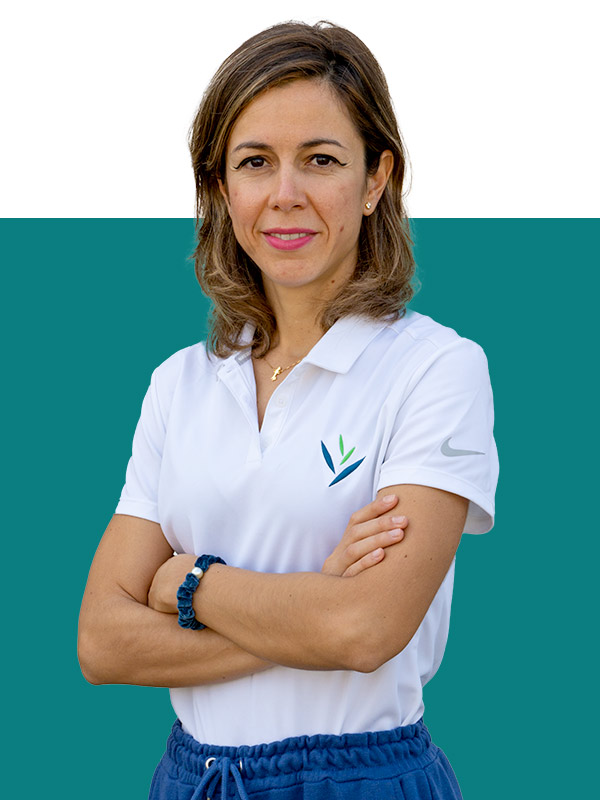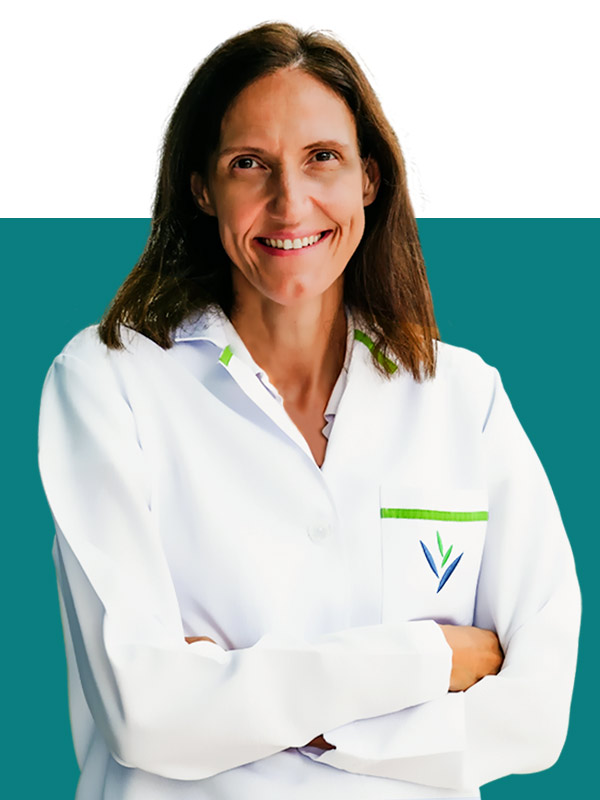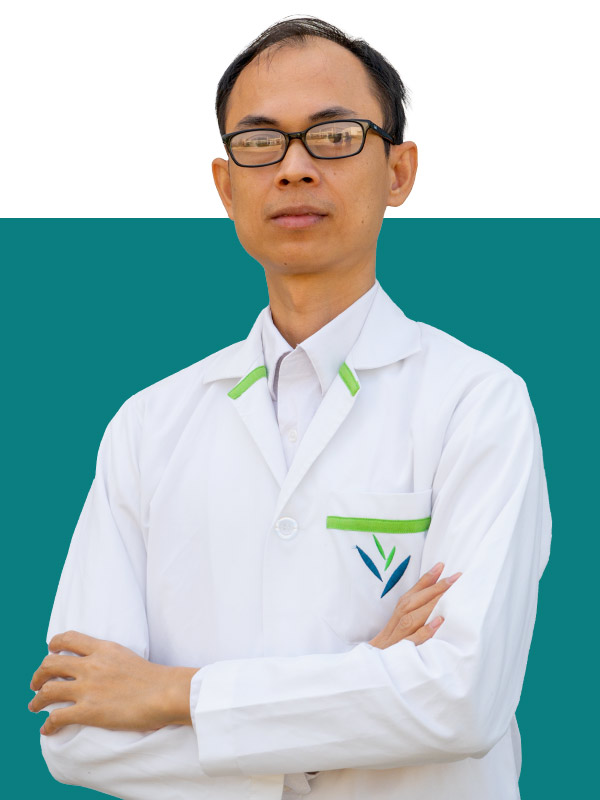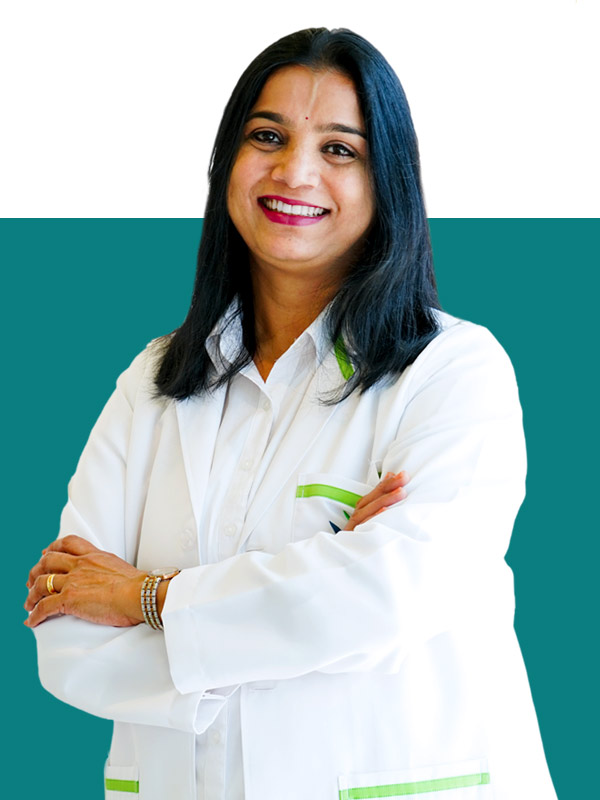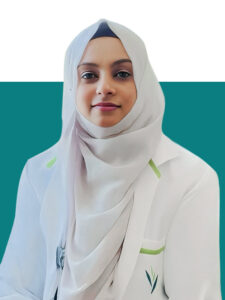IHHT-Intermittent Hypoxia Hyperoxia Treatment
Intermittent Hypoxia-Hyperoxia Treatment (IHHT) is a therapeutic approach that involves exposing individuals to alternating periods of reduced oxygen (hypoxia) and increased oxygen (hyperoxia). This treatment is often utilized in the context of respiratory and cardiovascular conditions, as well as in sports performance and general wellness.
The technique involves breathing through a mask for approximately 40 minutes whilst the amount of oxygen you breathe is increased and decreased at regular intervals. By doing this, IHHT recreates the effects of altitude training.
Unlike climbing a peak, where the body adapts to gradually lower levels of oxygen, IHHT deprives the body of oxygen in short, sharp bursts. Such a reduction of O2 stimulates activity of protective proteins like antioxidants and optimizes the efficiency of mitochondrial energy production.
IHHT rejuvenates and protects the cells in our body. It improves overall wellbeing and resilience against burnout and depression.
The treatment is employed to aid those with chronic fatigue, brain fog, loss of concentration, mental confusion (also in the elderly population), anxiety, weight management problems and to alleviate muscle aches.
The basic idea behind IHHT is to subject the body to cycles of low oxygen levels followed by periods of higher oxygen levels. This fluctuation is believed to induce physiological adaptations that can be beneficial for various health outcomes.
Intermittent hypoxia-hyperoxia treatment (IHHT) is a novel, safe and effective technique shown to boost energy and reduce susceptibility to illness.
IHHT offers the following concrete advantages:
- Strengthening the immune system
- Improvement of the oxygen supply to the cells
- Better blood circulation to the organs
- Improvement of the energy production of the cells (activation of the energy metabolism)
- Balancing the autonomic nervous system (VNS)
- Increase in the ability to perform and concentrate
- Shortens the regeneration times after training
- Supports formation of new blood vessel capillaries
- Gives weakened organs a chance to recover
Patient with below conditions can benefit from Intermittent hypoxia-hyperoxia treatment (IHHT) as a Complementary treatment.
- Chronic Fatigue including post Covid
- Chronic Obstructive Pulmonary Disease (COPD)
- Chronic Respiratory Conditions
- Cardiovascular Conditions
- Metabolic Conditions
- Neurological Conditions including mild Cognitive impairment
- Aging Population
- Burnout and exhaustion
- Sleep disturbances
Frequently
Asked Questions
The following FAQs can help you learn more about our IHHT treatment. If you have any additional queries, please contact us.
Intermittent hypoxic-hyperoxia treatment (IHHT) boosts our energy levels at the molecular level. It has the potential to significantly improve our stress resistance, as well as our cells’ ability to regenerate and stimulate our nervous system. These changes to our bodies will result in a slew of positive effects, including better sleep, increased cognitive abilities, increased stamina, and an overall higher quality of life.
Intermittent hypoxic-hyperoxia treatment (IHHT) is administered through a mask using a specialized machine. The client lies or sits comfortably and inhales hypoxic (low oxygen) air with intervals of hyperoxia (high oxygen) air. It is a very relaxing procedure that takes about 40 minutes per session.
IHHT alleviates fatigue symptoms caused by stress, chronic fatigue syndrome, burnout, depression, and insomnia. IHHT also has numerous physical health benefits, according to research, which can help improve cardiovascular performance, metabolism, respiratory diseases, and our immune system.
Initial consultation is required; accordingly, the Dr shall determine the treatment plan and discuss this with you during your consultation. The initial treatment protocol for most patients is to receive 5 treatments. The patient will then come back to see the Dr to evaluate the results of the treatment and discuss any recommended modifications to the treatment.


